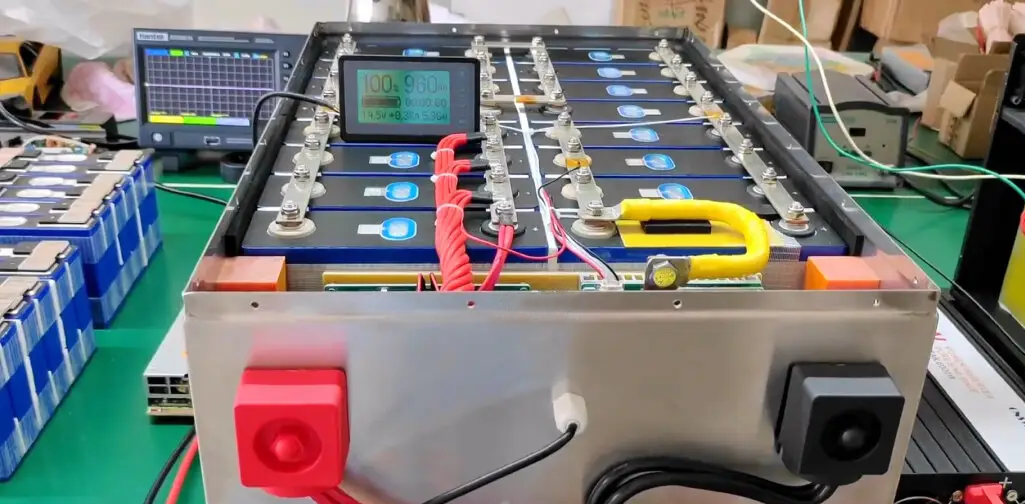
LiFePO4 batteries, like all rechargeable batteries, gradually lose capacity over time. This process is natural and inevitable, influenced by various internal and external factors. While it might seem concerning, understanding why it happens can help you extend your LiFePO4 battery's lifespan.
Several factors contribute to the gradual reduction in LiFePO4 battery capacity, including chemical reactions, material degradation, and improper usage. Let's explore the main reasons:
1. Changes in the Cathode Material
The cathode, or positive electrode, is critical to the battery's overall performance. During discharge, lithium ions are extracted from the cathode. This causes oxidation of the metal elements in the cathode material, leading to structural changes. Over time, these alterations result in mechanical damage, degrading electrochemical performance and reducing the battery's capacity.
2. Changes in the Anode Material
LiFePO4 batteries typically use graphite as the anode material. As the battery cycles through charges and discharges, a Solid Electrolyte Interphase (SEI) layer forms on the anode surface. This process consumes some lithium ions and alters the graphite's structure. As the battery ages, these structural changes cause a decrease in capacity, further contributing to the overall performance decline.
3. Oxidative Decomposition of the Electrolyte
The electrolyte is a crucial component influencing the battery's energy density, lifespan, and safety. It consists of a solvent, electrolyte salt, and various additives. Over time, these chemical components can decompose due to oxidation or other electrochemical reactions. This breakdown reduces the overall capacity of the LiFePO4 battery, a process that becomes more pronounced as the battery ages.
4. Impact of Overcharging
Overcharging is a major factor in LiFePO4 battery capacity decline. When a battery is overcharged, it can produce electrochemically inert substances like Co3O4 and Mn2O3. These interfere with the normal chemical balance between the electrodes, leading to irreversible capacity loss. This is why avoiding overcharging is so crucial.
5. Storage Temperature and Conditions
How LiFePO4 batteries are stored significantly impacts their longevity. Storing a fully charged battery (close to 100% State of Charge) at high temperatures can cause rapid capacity loss. For example, a LiFePO4 battery stored at 40°C for one year can lose up to 35% of its capacity. To extend battery life, store batteries at moderate temperatures, ideally between 20-25°C, and avoid prolonged exposure to extreme conditions.
While capacity decline is inevitable, several strategies can slow the process and extend your LiFePO4 battery's lifespan.
1. Avoid Overcharging and Overdischarging
The simplest way to prolong battery life is to avoid overcharging and overdischarging. Both extremes cause irreversible damage to the battery's internal components, accelerating capacity loss. Always use a compatible charger and monitor charge levels to keep the battery within recommended limits.
2. Regular Maintenance and Inspection
Regularly check the battery terminals for signs of oxidation or corrosion. Oxidation can increase terminal resistance, reducing battery efficiency and raising its operating temperature, which further accelerates capacity decline. Periodically cleaning the terminals helps maintain optimal performance.
3. Proper Storage Practices
When not in use, store your LiFePO4 battery in a cool, dry place. Avoid leaving it in high-temperature environments like direct sunlight or near heat sources. If storing the battery for an extended period, keep it partially charged (around 40-60% State of Charge) to prevent degradation.
Although the natural decline in LiFePO4 battery capacity is unavoidable, proper care and best practices can significantly slow the process. By avoiding overcharging, ensuring proper storage conditions, and performing regular inspections, you can extend your battery's useful life and maintain optimal performance for longer.
Next:EVE Energy and Hello Tech Partner on Solid-State Batteries